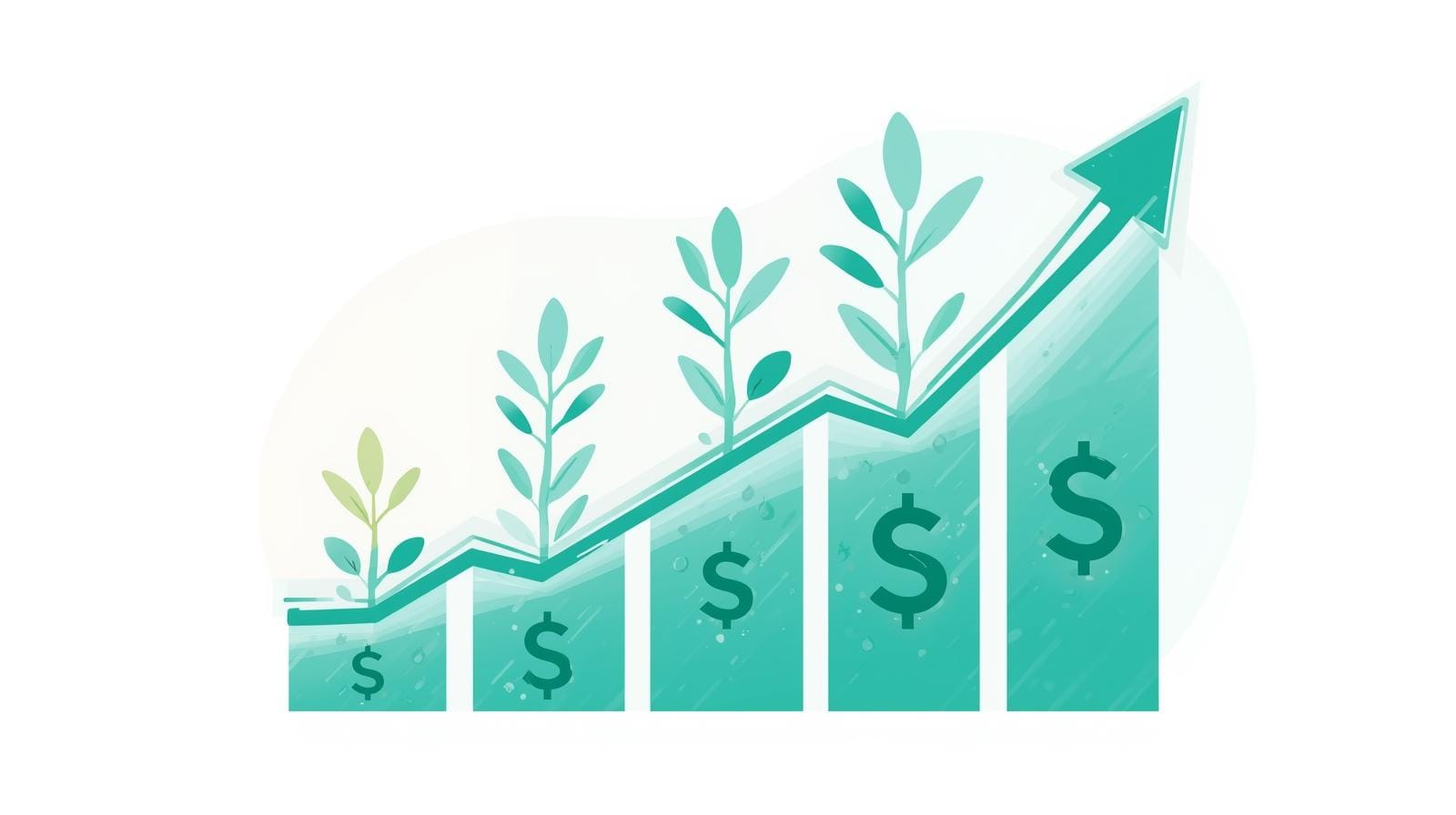Overnight AA Nonfinancial Commercial Paper Interest Rate
This dataset tracks overnight aa nonfinancial commercial paper interest rate over time.
Latest Value
4.32
Year-over-Year Change
-0.23%
Date Range
1/2/1998 - 8/6/2025
Summary
The Overnight AA Nonfinancial Commercial Paper Interest Rate tracks the short-term borrowing costs for high-quality nonfinancial companies. This metric provides critical insight into corporate credit conditions and short-term lending markets.
Analysis & Context
This economic indicator provides valuable insights into current market conditions and economic trends. The data is updated regularly by the Federal Reserve and represents one of the most reliable sources for economic analysis.
Understanding this metric helps economists, policymakers, and investors make informed decisions about economic conditions and future trends. The interactive chart above allows you to explore historical patterns and identify key trends over time.
About This Dataset
Commercial paper represents an unsecured, short-term debt instrument issued by corporations to fund immediate operational needs. The AA rating indicates a high credit quality, reflecting the most creditworthy nonfinancial companies in the market.
Methodology
The rate is calculated daily by surveying market transactions and representing the weighted average interest rate for top-rated commercial paper with a one-day maturity.
Historical Context
Policymakers and investors use this rate to assess corporate liquidity, credit market health, and potential economic stress in short-term lending environments.
Key Facts
- Represents overnight borrowing costs for top-rated nonfinancial corporations
- Provides real-time insight into corporate credit market conditions
- Reflects short-term lending rates for high-quality companies
- Serves as a key indicator of corporate financial health
FAQs
Q: What does a rising commercial paper rate indicate?
A: A rising rate typically suggests increased borrowing costs and potential tightening of credit markets for corporations.
Q: How is this rate different from other interest rates?
A: This rate specifically measures short-term, unsecured lending for top-rated nonfinancial companies, distinguishing it from broader interest rate measures.
Q: Why is the AA rating important?
A: The AA rating indicates extremely high credit quality, representing the most financially stable and low-risk corporate borrowers.
Q: How frequently is this rate updated?
A: The rate is typically calculated and updated on a daily basis to reflect current market conditions.
Q: Who uses this commercial paper rate?
A: Investors, financial analysts, economists, and policymakers use this rate to assess corporate lending conditions and economic health.
Related News

Unpredictability of Interest Rate Direction in the United States
Navigating the Unpredictability of Interest Rates Interest rates have turned into one of the most unpredictable elements in the American financial landscape. This unpredictability stems largely from the nuanced decisions of the Federal Reserve, often referred to as the Fed, whose policies ripple through financial markets, influencing borrowing costs for everyone from ambitious entrepreneurs to families securing mortgages. The web of economic indicators, which serves as the backbone for interest

US Housing Giant Hopes Fed Policies Boost Sagging Profits
Revitalizing S&P 500 Housing with Federal Reserve Policies The primary keyword, "Treasury Yield," has become an increasingly critical focus within the realm of the S&P 500 housing market. Current fluctuations in bond rates, particularly the 10-year bond rate, are causing waves in the already volatile US housing market. This situation is marked by a profit decline experienced by major housing giants, as economic uncertainty steers investor confidence. The Federal Reserve's policies and interest

Impact of U.S. Treasury Yields Rise After Fed Rate Cut
The Impact of a Treasury Yield Rise on the U.S. Economy After a Fed Rate Cut The current rise in the 10-year Treasury bond rate has caught the attention of economists, investors, and policymakers alike. Treasury yields, particularly the 10-year Treasury bond rate, act as a key indicator of the economic outlook in the United States. They affect interest rates, the bond market, and expectations for inflation. Understanding their fluctuations can offer insight into financial markets and help guide

U.S. Jobless Claims Spike, Followed By Decline, Layoffs Remain Low
U.S. Jobless Claims Spike and Decline: Insights into Labor Market Trends U.S. jobless claims recently spiked, only to decline soon after, highlighting interesting patterns in the labor market. At the heart of these shifts lies a tale of layoffs and employment dynamics that paint a picture of the U.S. economy's current state. These fluctuations in jobless claims explain broader economic metrics like the unemployment rate and employment rate. This overview offers a window into the complex interpl

U.S. Treasury Yields Rise After Fed Rate Cut Analysis
Treasury Yields Surge: A Curious Twist in Monetary Policy Amid a surprising financial twist, the current 10 year treasury rate is on the rise even as the Federal Reserve cuts interest rates. This unexpected development has economists scratching their heads, as typically, a cut in the Federal funds rate leads to lower yields. Treasury yields represent the interest rate the government pays bondholders, functioning as a vital signpost for the health of the economy. Generally perceived as one of th

Understanding the Federal Reserve's Dot Plot for Interest Rate Predictions
Unveiling the Federal Reserve Dot Plot: A Crucial Tool for Interest Rate Forecasting The Federal Reserve dot plot is a critical tool in understanding how the central bank projects future interest rates and shapes US monetary policy. By examining the dot plot, policymakers and economists gain insights into the anticipated direction of interest rates, guiding financial markets and influencing economic forecasts. Its significance is often highlighted during Federal Open Market Committee (FOMC) mee
Related Trends
Consumer Price Index for All Urban Consumers: All Items in U.S. City Average
CPIAUCNS
Capacity Utilization: Total Index
TCU
Commercial and Industrial Loans, All Commercial Banks
TOTCI
Share of Foreign Born in Home Owners Loan Corporation (HOLC) Neighborhood A
RLMSHFBHOLCNA
Home Ownership Rate in Home Owners Loan Corporation (HOLC) Neighborhood C
RLMSHHORHOLCNC
Share of Foreign Born in Home Owners Loan Corporation (HOLC) Neighborhood C
RLMSHFBHOLCNC
Citation
U.S. Federal Reserve, Overnight AA Nonfinancial Commercial Paper Interest Rate [RIFSPPNAAD01NB], retrieved from FRED.
Last Checked: 8/1/2025